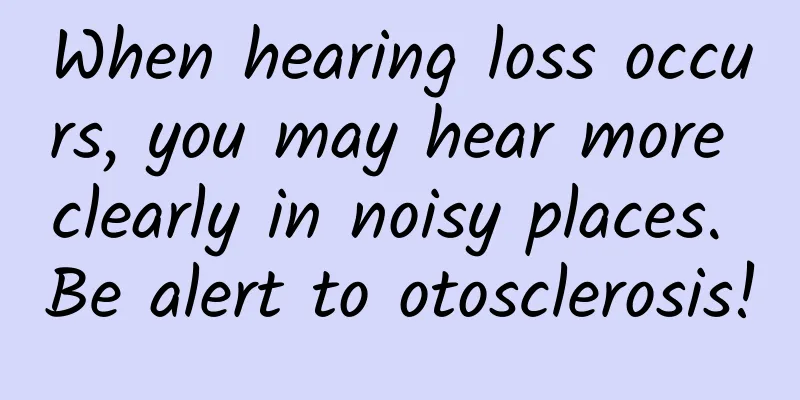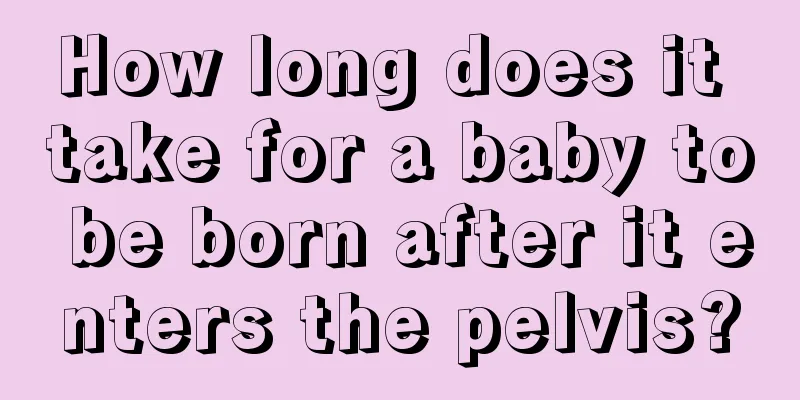Why is it that I see the yolk sac but not the embryo?

|
I believe many people will have this question: they have clearly confirmed that they are pregnant, so why is there only a yolk sac but no embryo? Could it be that the embryo is dead? Faced with such a problem, pregnant women can be said to have mixed feelings, so it is very necessary for pregnant women to understand the relevant knowledge about seeing the yolk sac but not the embryo. Next I will give you some relevant introduction. What happens if the yolk sac is seen but the germ is not? If the pregnancy time is too short, within 60 days, the baby has not developed well and the embryonic bud and fetal heartbeat cannot be seen. Only the yolk sac can be seen. This is normal. As long as there is no bleeding or stomach discomfort during pregnancy, the baby will develop healthily and you can wait until 60 days before having a check-up. If the pregnancy lasts more than 60 days, and ultrasound examination shows no embryo in the yolk sac, and there are other uncomfortable symptoms such as bleeding and abdominal pain, it may be that the fetus has stopped developing and it is a sign of miscarriage. So in this case, what happens if the yolk sac is seen but the germ is not? What caused it? 1. Caused by endocrine disorders. Embryo implantation and continued development depend on the coordination of a complex endocrine system. Any abnormality in any link can lead to miscarriage. The most common of these is luteal dysfunction, which can cause delayed endometrial development and a short luteal phase, thereby affecting the implantation of the fertilized egg or early pregnancy miscarriage. People with luteal insufficiency are often accompanied by other glandular dysfunctions, such as hyperthyroidism or hypothyroidism, diabetes, relative androgenism and hyperprolactinemia. These factors are not conducive to embryonic development and are closely related to miscarriage. 2. Caused by immune factors. The embryo or fetus in the uterus is actually an allogeneic transplant because the fetus is a combination of the genetic material of the parents and cannot be exactly the same as the mother. Immune incompatibility between mother and fetus causes the mother to reject the fetus. There is also the issue of reproductive immunity. If we carry certain antibodies ourselves, it may affect the development of the embryo. 3. Caused by uterine abnormalities. Both the internal environment of the uterus and the overall environment of the uterus may have an impact on the embryo. The internal environment is the endometrium. If it is too thin or too thick, it will affect implantation. 4. Caused by chromosomal abnormalities. If the chromosomes are abnormal, it may cause the embryo to not develop and lead to early miscarriage. 5. Caused by reproductive tract infection. Studies have shown that cytomegalovirus can cause delayed abortion, intrauterine fetal death, etc. In recent years, many studies have shown that mycoplasma infection is related to embryonic arrest. The positive rate of mycoplasma infection in cervical secretions of women with embryonic arrest is significantly higher than that of normal women, and the difference is extremely significant. 6. Caused by drugs and environmental factors. In the early stages of development, the embryo is extremely sensitive to the effects of therapeutic drugs and environmental factors. At this time, various harmful factors can cause damage to the embryo or even death. Many drugs and environmental factors are important factors causing early embryonic death or fetal malformations. From the above, we can know that if you encounter a situation where you see the yolk sac but no embryo, you should first think about how long you have been pregnant. If it is less than 60 days, then this symptom is normal. If it is more than 60 days and accompanied by other symptoms of miscarriage, it means that the embryo may have stopped developing, then you should consult an obstetrician and gynecologist in time. The above is an introduction to what happens when the yolk sac is seen but no germ is seen. I hope it will be useful to everyone. |
<<: Treatment of bilobar thyroid nodules
>>: What causes coccyx pain after childbirth?
Recommend
Pregnant woman hits her belly in ancient costume
When a pregnant woman is angry, her mood fluctuat...
Rib valgus correction in adult women
When adults have rib valgus, it may be very painf...
Can I breastfeed if I have hyperthyroidism?
It is also a headache for mothers if they get sic...
Can I have an abortion at 45 days of pregnancy?
Many women, for the sake of temporary excitement,...
Introduction to pregnancy syndrome
Pregnancy syndrome is a problem faced by most exp...
How to eliminate the lumps caused by mastitis?
In daily life, mastitis is a common breast diseas...
Causes of abdominal pain during the first menstrual period after abortion
We all know that abortion is very harmful to wome...
When will Supernova Games 2 be broadcasted? Where can I watch it? Who are the guests of Supernova Games 2?
Supernova Games has been loved by the audience si...
When is the right time to go to the hospital for a pregnancy check-up?
There are many ways to test whether you are pregn...
Standard table of fetal development at each week
During pregnancy, mothers should be most concerne...
Treatment of fibrocystic breast cancer
For the disease of fibrocystic breast hyperplasia...
When a doctor writes an order for an IV, is he doing it for your own good or to cheat you out of your money?
Your child has a high fever. Give him an IV so he...
Successful experience of low estrogen pregnancy
Whether pregnancy can be successful depends on ma...
When should the IUD be removed after menopause? Let the experts tell you!
Many women will have the IUD inserted early, but ...
Causes of dark red discharge
Many friends who have just finished their vacatio...









